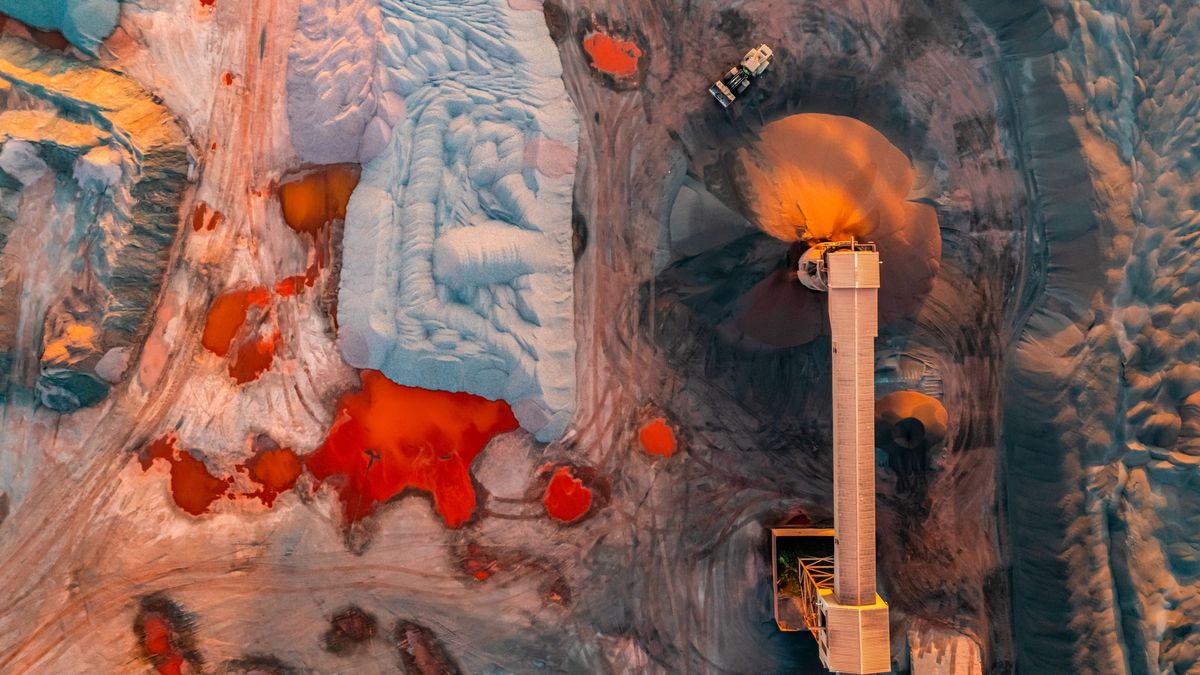Now Reading: Study Finds Industrial Waste Forming New Rock at Unprecedented Speed
-
01
Study Finds Industrial Waste Forming New Rock at Unprecedented Speed
Study Finds Industrial Waste Forming New Rock at Unprecedented Speed

Swift Summary
- New Discovery: Industrial waste, specifically slag from steelmaking plants, can turn into rock in as little as 35 years-challenging the previous belief that rock formation takes thousands or millions of years.
- Research Details: The process occurs faster in coastal areas where ocean air and water activate minerals like calcium and magnesium in slag, forming natural cements such as calcite.
- Key Finding Location: Scientists identified this phenomenon at Derwent Howe, a slag deposit along England’s northwest coast. Analysis using electron microscopy and spectroscopy revealed rapid lithification driven by chemically active elements.
- Identification Method: Items like a 1934 coin and an aluminum can tab from 1989 were encased in solidified material confirming the recent timeline of lithification.
- Global Relevance: researchers suspect similar transformations are possible at exposed coastal slag deposits worldwide.
Indian Opinion Analysis
This study highlights the significant environmental implications for industrial waste management globally-including regions such as India with substantial industrial activity. Given India’s large coastline and presence of industries producing byproducts like slag,it raises questions about unanticipated geological changes occurring within its shores over short timescales. Moreover, this discovery emphasizes the importance of proper disposal practices to mitigate long-term effects on ecosystems. Although no specific observations have been documented in Indian contexts yet, researchers may need to examine analogous sites along india’s coasts to validate these findings locally.
The accelerated rock formation also signals potential innovative pathways for reutilizing industrial waste materials sustainably-as opposed to neglecting their management altogether-to avoid irreversible impacts on future generations.


























